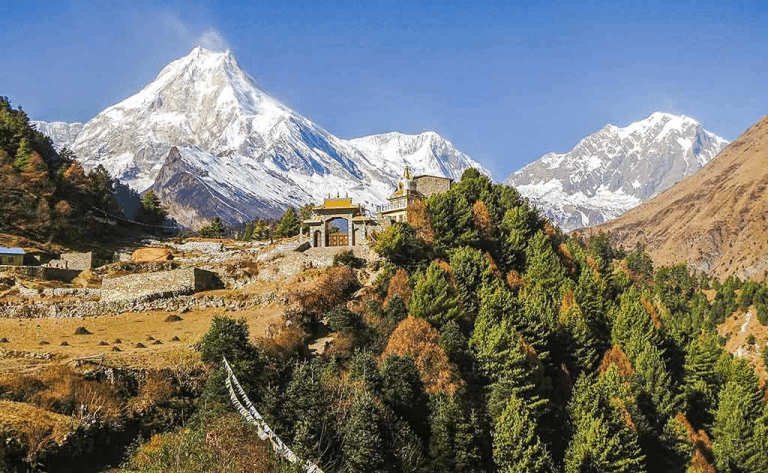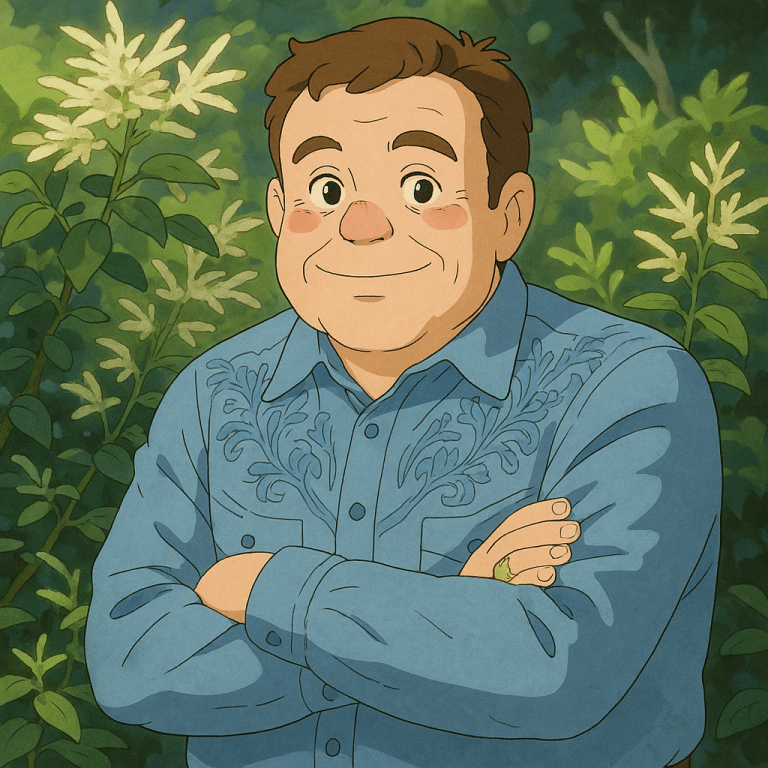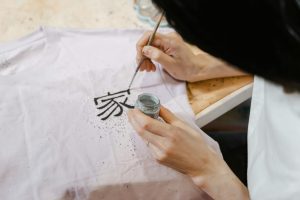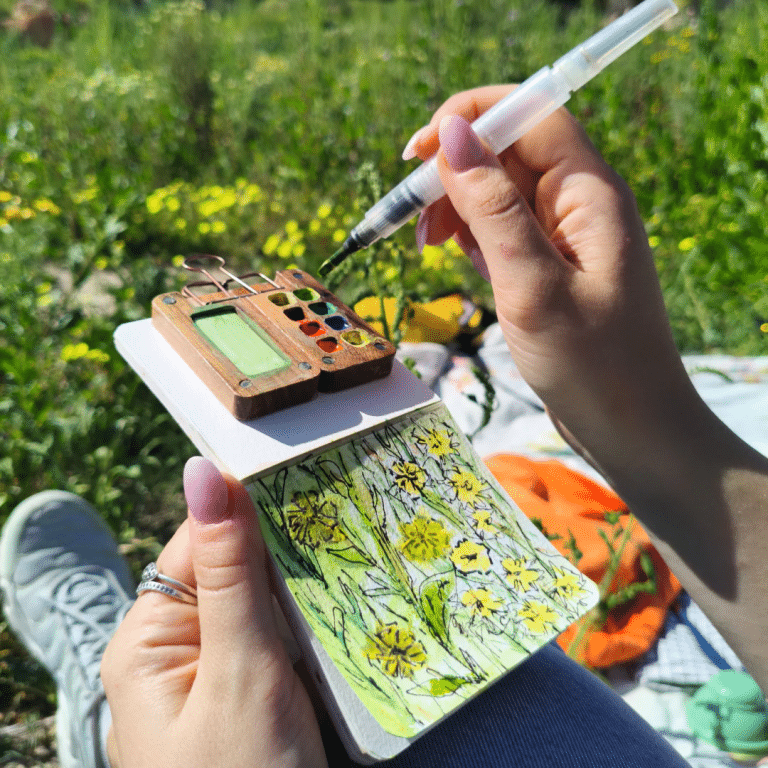When you do the Manaslu Circuit Trek in Nepal, you don’t just walk on one trail — you walk through many places, from warm jungle to cold, windy mountain tops! Each place has its own amazing plants and flowers.
Your trek starts in the lower areas which are warm and wet, like a jungle! Here you will see big green forests full of huge trees like Sal trees, chestnut and alder trees. There are lots of ferns on the ground — they look like tiny green feathers. If you look closely you might see wild ginger, cardamom plants and even orchids growing on tree trunks! There are also bamboo groves that grow in thick clumps. The air is fresh and smells like plants and you might hear bugs buzzing and birds singing all around you.
As you go higher up the mountains the jungle changes. Around 2,000-3,000 meters (6,500-10,000 feet!) the forests get cooler. Here you will see beautiful rhododendron trees — these are Nepal’s national flower! In spring the hills look like they have been painted with red, pink and white flowers. There are also oak and pine trees and moss that hangs like green curtains from the branches. Little streams run through these forests and feed lots of wildflowers.
From Subtropical Jungles to Alpine Meadows
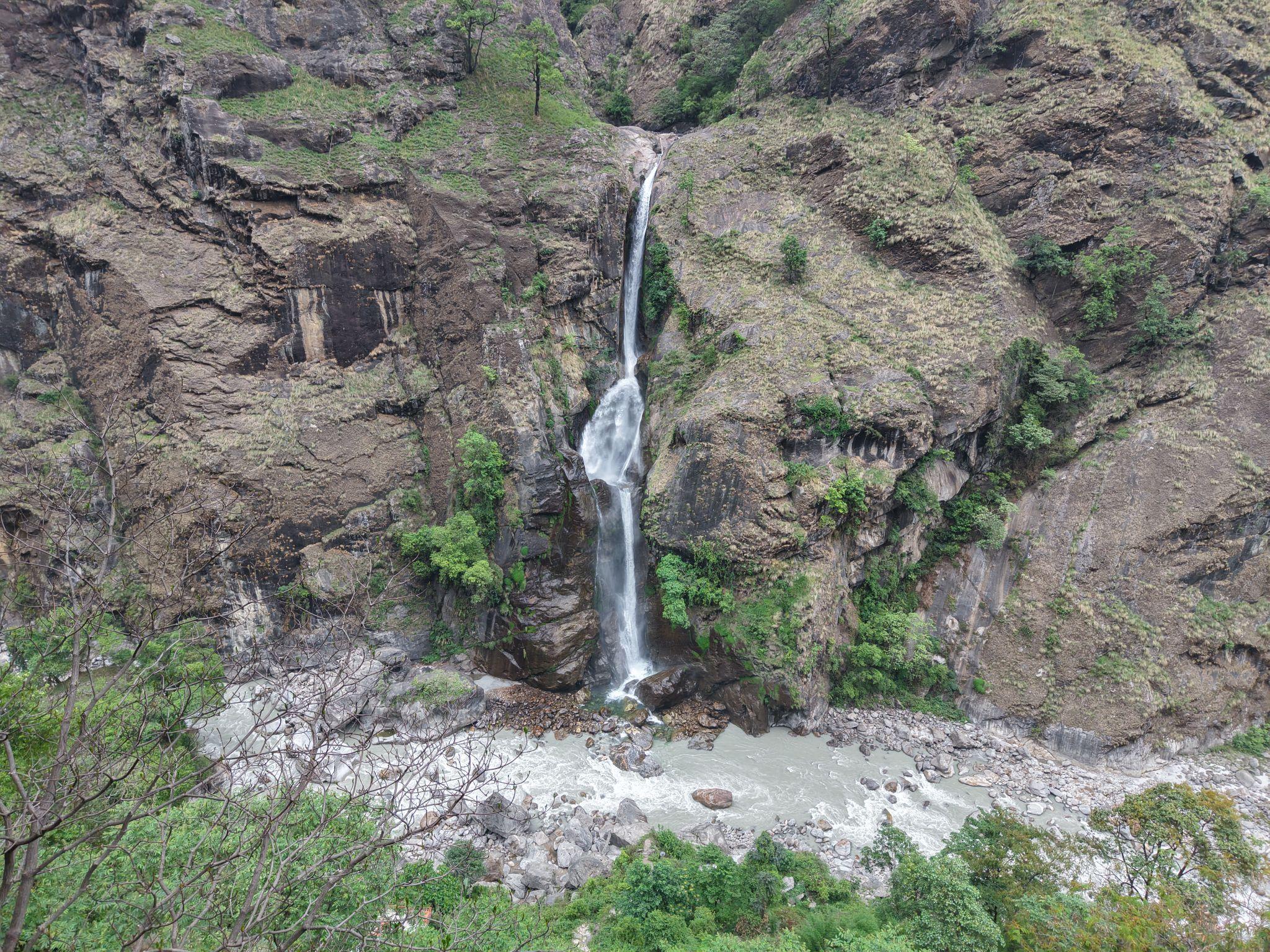
The Manaslu Circuit Trek is so cool because you get to see so many different types of plants and forests! This is because you start in warm, steamy river valleys that are low down, about 600 meters above sea level — that’s like a jungle! Then you hike all the way up to freezing mountain passes that are more than 5,000 meters high — that’s really, really high!
At the beginning, the trails are warm and wet. The forests here are thick and feel like a tropical jungle. You’ll see giant Sal trees, lots of ferns growing under them, wild ginger, bright orchids on tree trunks, and big green bamboo groves. It’s alive!
As you climb higher, the air gets cooler and the forests change. You’ll see trees like rhododendrons (Nepal’s national flower!), oak and pine. In spring, these forests are magical because the rhododendron flowers cover the hills with red, pink and white.
Go even higher and you’ll leave the forest behind. Here the land is rocky and windy. Only tough plants grow here — like moss and lichen that stick to the rocks and tiny mountain flowers that bloom for a short time in summer before snow comes back.
Tropical and Subtropical Trees You’ll See on the Manaslu Circuit Trek
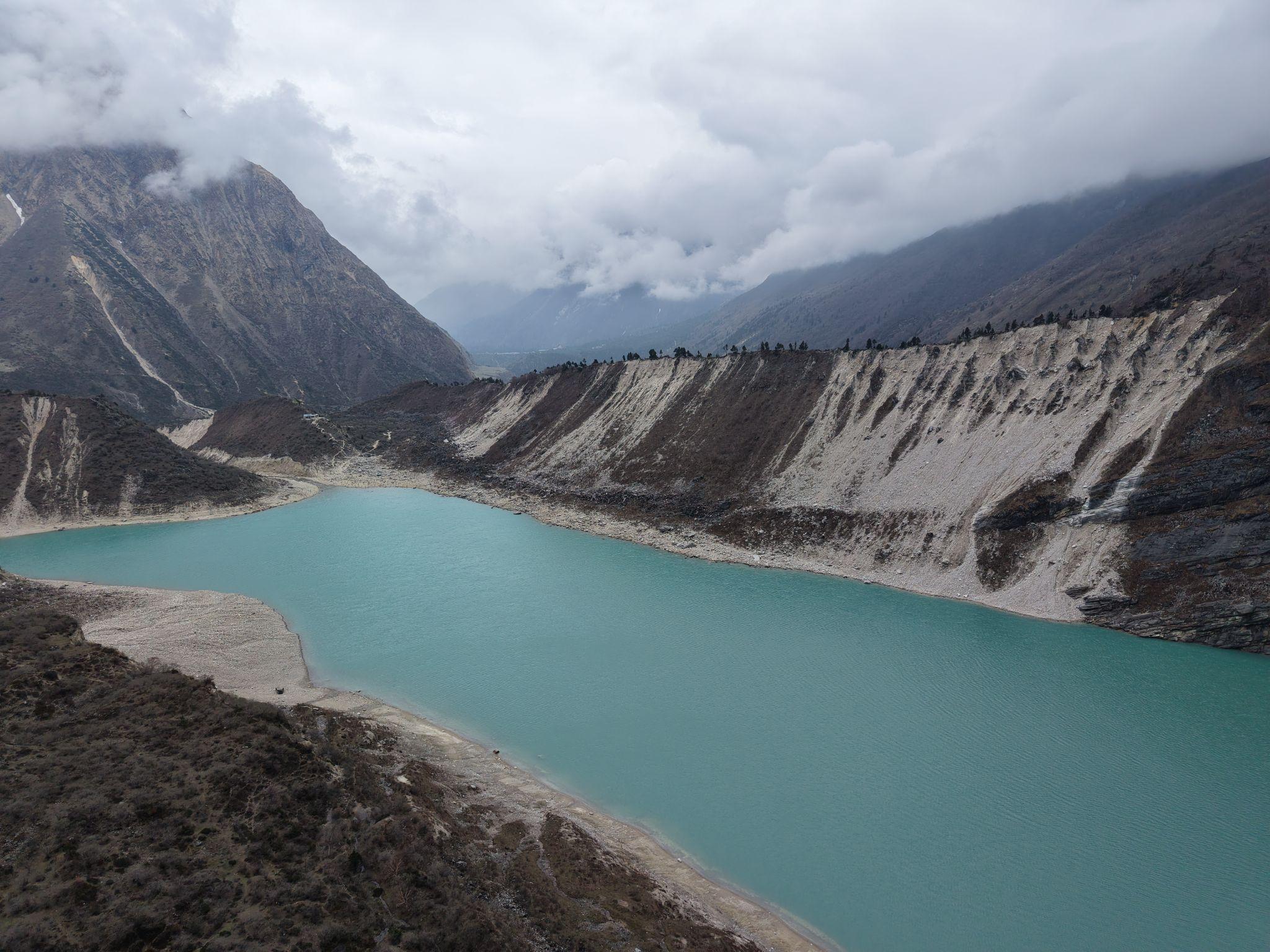
1. Sal (Shorea robusta)
When you walk in the lower valleys, near villages like Soti Khola and Jagat, you’ll see big Sal trees. These trees are super tall with straight trunks. People use their strong wood to build things. Many animals and birds live in these forests too!
2. Rhododendron Forests
As you climb higher up the trail, you’ll see forests full of rhododendron trees — these are Nepal’s national flower! In spring, they cover the hills with bright colors like red, pink and white. Sometimes you’ll see these trees mixed with oak and pine trees too.
3. Himalayan Alder (Alnus nepalensis)
These trees like to grow near rivers and places where the ground can slide. They help keep the soil strong so other plants can grow safely.
4. Chestnut and Oak Trees
In the middle parts of the trek, you’ll walk through forests with chestnut and oak trees. These trees have big leaves and make good homes for birds and little animals.
5. Bamboo Groves
Watch out for thick bamboo groves! Bamboo loves wet, warm places. People use bamboo to build houses and fences, and some animals like the red panda eat bamboo leaves too!
Wildflowers Found on Manaslu Trek
In the subtropical forests you’ll also find:
Ferns and Moss on the Forest Floor
When you walk through the warm, wet forests of the Manaslu region, look down at the ground — it’s like a green carpet! This carpet is made of ferns and moss.
Ferns love the rain and mist from the rivers. Their tiny, feathery leaves grow along the trail and between big rocks. They make the forest floor look super green and fresh.
Moss grows too! Moss covers old logs, big rocks and even tree trunks. It’s soft and squishy and holds lots of water like a sponge. Ferns and moss keep the forest cool and wet. They’re the perfect home for tiny insects and other small creatures.
Walking through these ferny paths feels like stepping into a secret garden!
Orchids on Tree Trunks, Soaking up the Misty Air
When you walk through the misty forests on the Manaslu Trek, don’t forget to look up! You might see beautiful wild orchids growing on the branches and trunks of big trees.
These orchids are special because they don’t grow in the ground — they grow on other plants for support! But don’t worry, they don’t hurt the trees at all. They just hang on and get water from the rain and fog in the air.
They even get food from old leaves and bits of stuff that collect around their roots. When you spot a bright orchid flower on a mossy branch, it’s like finding a treasure of colour in the green forest. It shows how amazing and delicate this jungle is!
Wild Ginger and Cardamom in Shady Gullies
If you look into the shady, damp spots in the forest, you might find wild ginger and cardamom! These spice plants grow low to the ground where it’s cool and wet under the big trees. Not much sunlight gets in so they love it there.
Wild ginger has big, heart-shaped leaves and funny bumpy roots. People use it in cooking and as medicine. Cardamom is extra special — it’s the same spice that makes chai tea smell so good!
Local people sometimes pick these plants carefully so they keep growing. Finding wild spices in the forest shows how amazing and helpful these plants are for everyone who lives in the mountains!
How the Local Communities Rely on These Plants
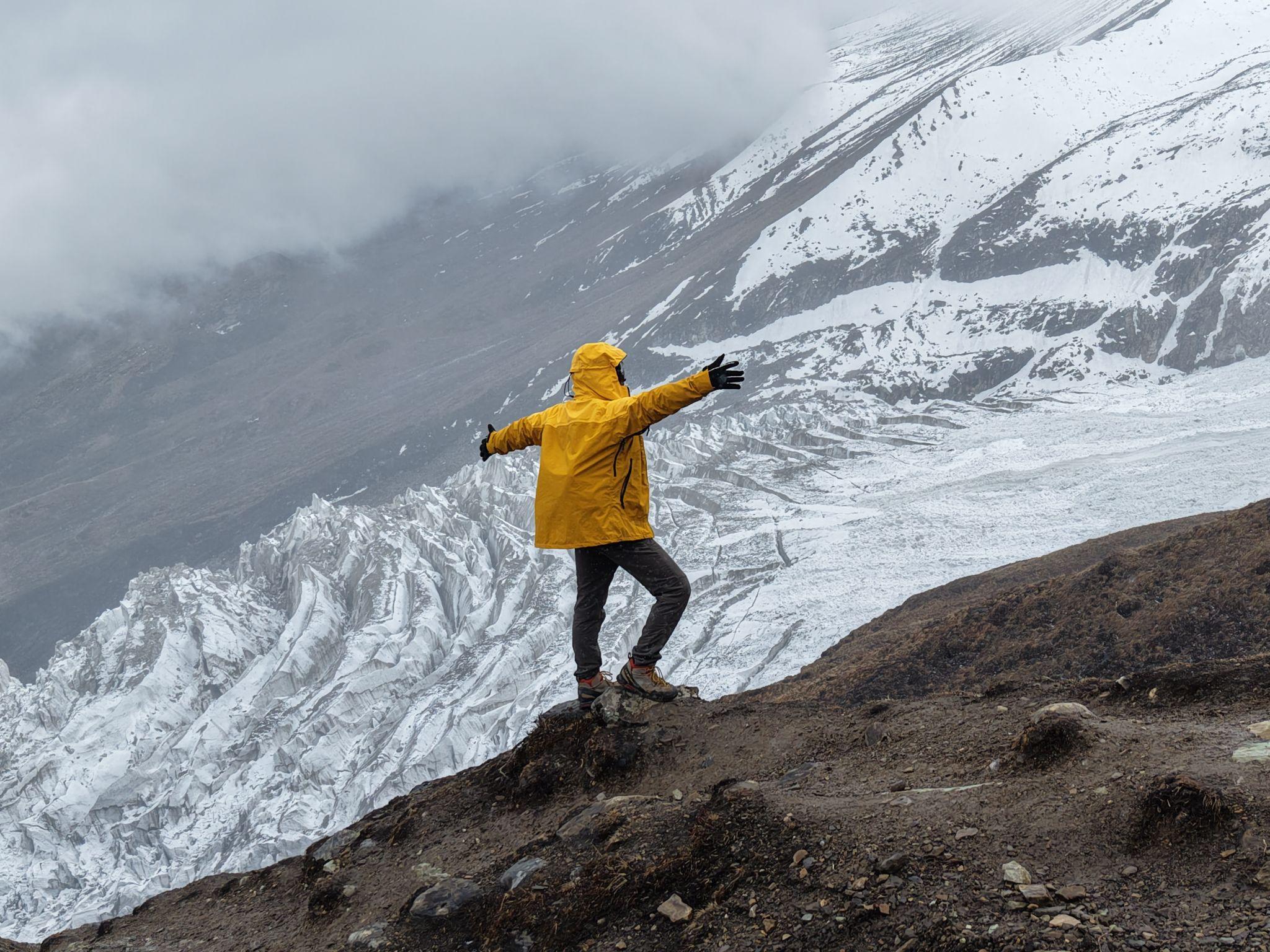
The plants in the Manaslu Trek aren’t just pretty to look at — they help the people who live there in so many ways!
Local villagers use special herbs, wild fruits and leaves to make traditional medicine when someone is sick. They cut timber (wood) and bamboo to build their houses and fences. Some trees give food for their animals to eat too!
In spring and summer, people go into the forest to pick tasty things like wild mushrooms, fiddlehead ferns (called ‘Niuro’) and other yummy shoots. It’s like a giant treasure hunt for food!
Tips for Plant Lovers on the Manaslu Circuit
- Bring a Field Guide: A small plant field guide or plant ID app will make your trek even more fun.
- Hire a Local Guide: Local guides often know the edible and medicinal plants that outsiders would miss.
- Respect the Ecosystem: Don’t pick plants or flowers — they’re vital to the fragile mountain ecosystem.
- Visit in Spring: March to May is peak blooming season for rhododendrons, orchids and alpine flowers.
Trekking Nepal’s Living Botanical Garden
The plants and trees on the Manaslu Trek aren’t just pretty — they help the people who live in the mountain villages every day!
They use special herbs like wild yarrow and Himalayan nettle to make medicine when they have a fever or an upset stomach. They pick wild fruits and green leaves to eat when they can’t get veggies from the shop.
The big trees provide wood for houses and bamboo for fences and tools. Some trees give food for goats and cows in the winter when grass is hard to find.
When it’s warm, families go into the forest to pick wild mushrooms and special ferns called Niuro. They cook or pickle these tasty plants as treats!
For these villagers, the forest is like a supermarket, a pharmacy and a toolbox all in one. The plants help them live happily in the high Himalayas!


